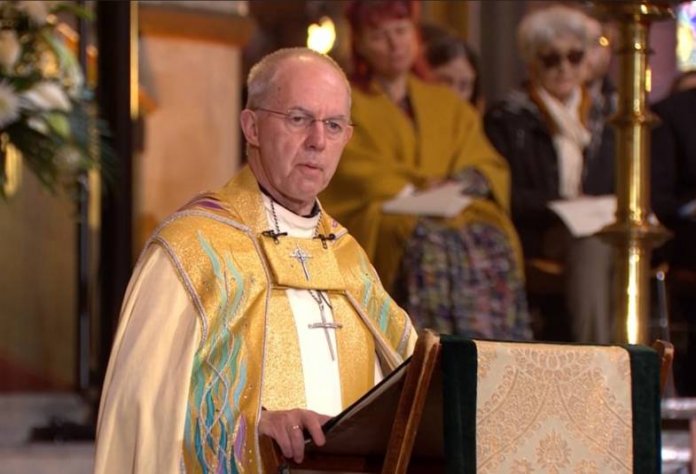Two years ago, a number of Church of England grandees, including the former Archbishop of Canterbury Rowan Williams, signed a letter to Prime Minister Boris Johnson that stated that “To be trans is to enter a sacred journey of becoming whole”. This view pithily summarised an earlier document produced by The Church of England Education Office entitled “Valuing All God’s Children” in which is guidance for Church of England schools as they seek to challenge homophobic, biphobic and transphobic bullying.
Now, we might consider this to be a laudable aim. Bullying is unpleasant and distressing for the child being bullied — though it also often points to difficulties, whether at home or elsewhere, for the bully as well.
However, this is not guidance aimed at merely rooting out and preventing bullying. In fact one gets the sense that this isn’t really about bullying at all. It is, in the foreword by the current Archbishop of Canterbury, “guidance [that will] help schools offer the Christian message of love, joy and the celebration of our humanity without exception or exclusion”. Furthermore, the Executive Summary states the desire that “each pupil to fulfil their potential in all aspects of their personhood: physically, academically, socially, morally and spiritually … that … all may flourish and have an abundant life”. This is the language of affirmation and confirmation, which is of a different stripe altogether.
Now at one level I am all for this; it sounds great, kids should be affirmed and encouraged, shouldn’t they? However as with all these things once we get below the grand statements and into the detail then we start to hit some challenges. My first check is when I see the wrap up of transphobia alongside homophobia and biphobia and so the CofE Education Dept seems to have simply gone along with the falsehood that it’s basically Section 8 and the 1980s all over again but this time for trans people. The L, G and B are useful to provide cover, nothing more. In my opinion, there is a world of difference between someone coming out as Gay when 16 and being supported in what can be a challenging period, to someone being encouraged in the belief that they have been born in the wrong body, and this is where the guidance starts to fall apart.
For while a child has a belief that says in order to fulfil their potential they need to be recognised as a different sex from what they were born with, and that they also need to be put on puberty blockers or some other form of medication and finally wish to press ahead for “bottom” or “top” surgery — all while still at secondary school — then in my opinion these glorious, elysian, heroic goals of the Church of England Education Department are not worth the paper they’re written on. Why? Because they have failed in their basic duty to protect the children under their care from dark, heinous, and corrupt claims.
Ah, the suitably grave and mildly condescending response will come, but these are complicated situations. The guidance is full of such phrases like “there is a need for wisdom and sensitivity”, but almost every time that there is any sense of a slight pause, then very quickly the sentence follows “but it is important to challenge every hint of HBT bullying” and off we roll. The case has surely been overstated, and even more so when the statement is made that “No school can proudly claim to be a safe, loving and protective institution whilst members of the school community are suffering and being made unhappy through bullying”.
Read it all at The Critic



